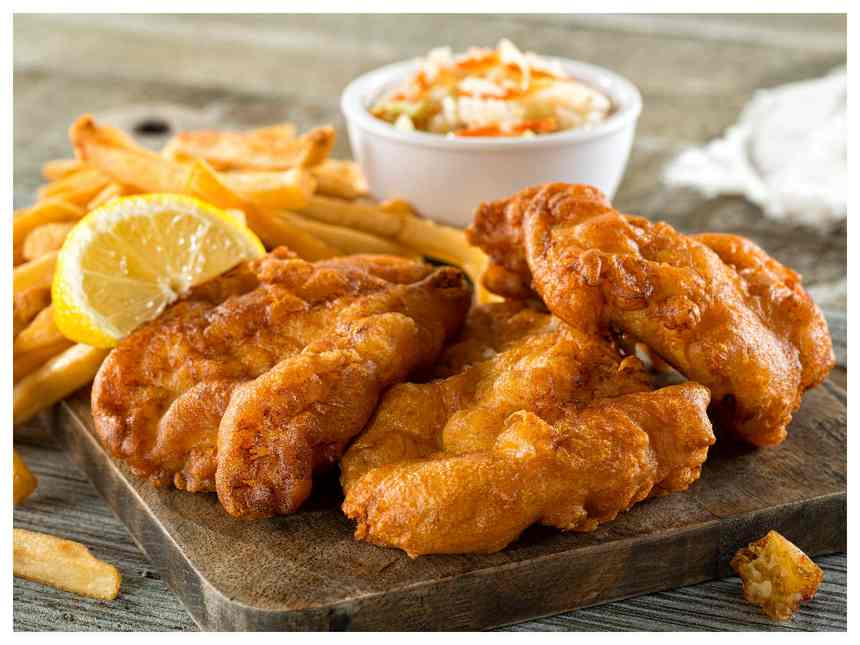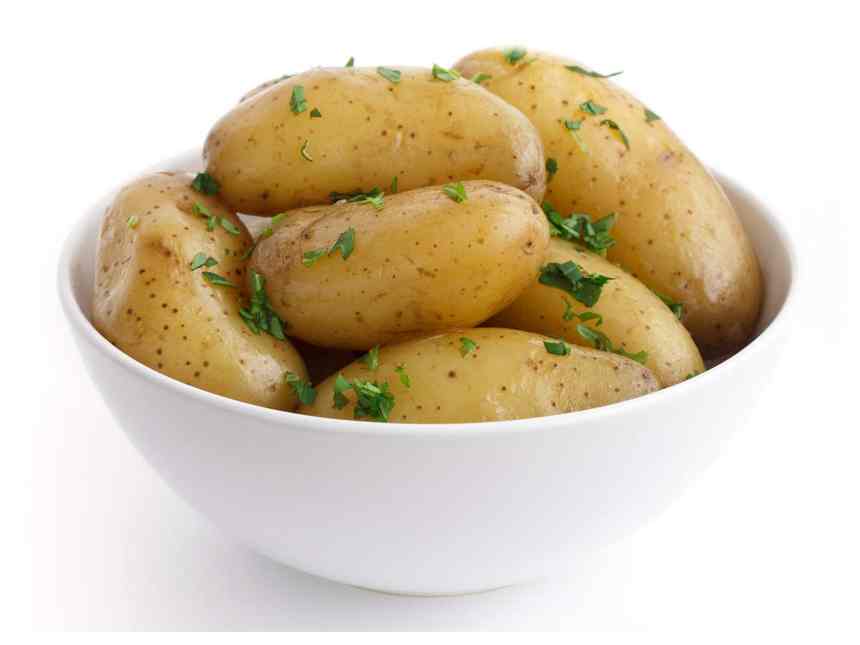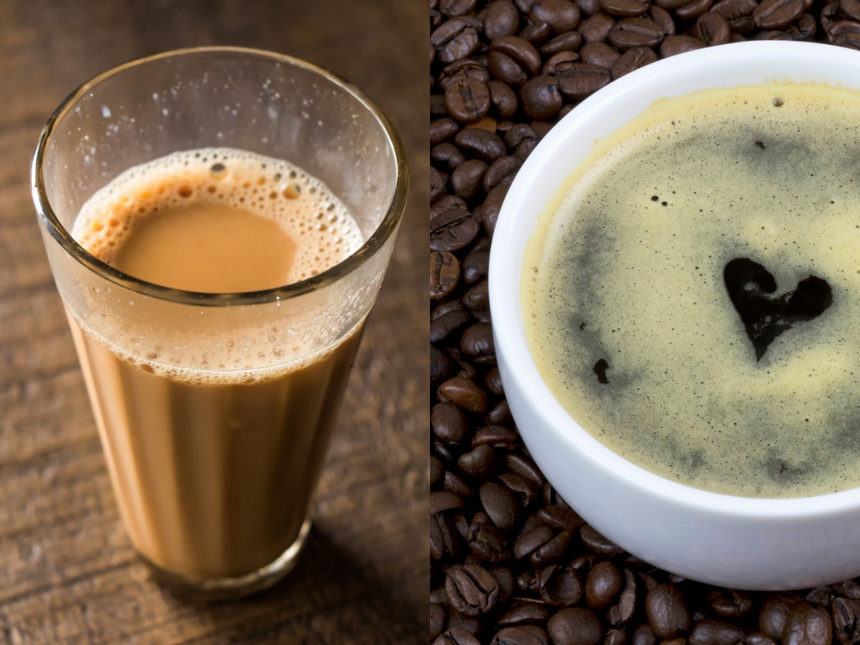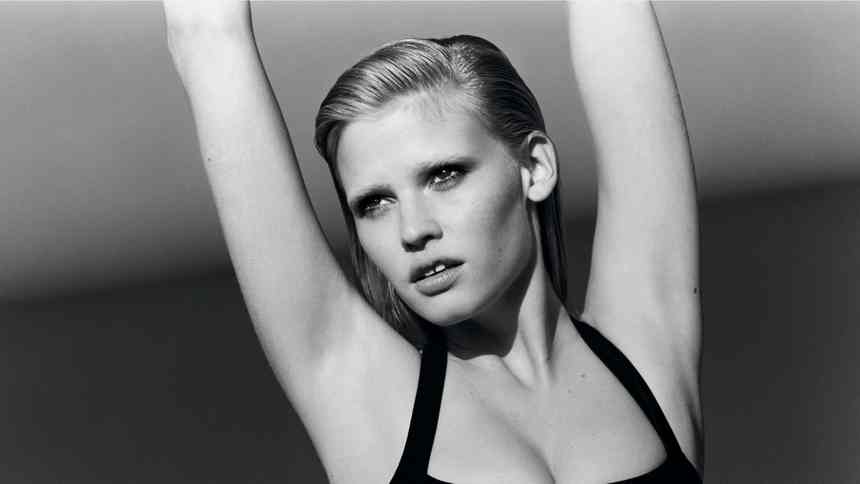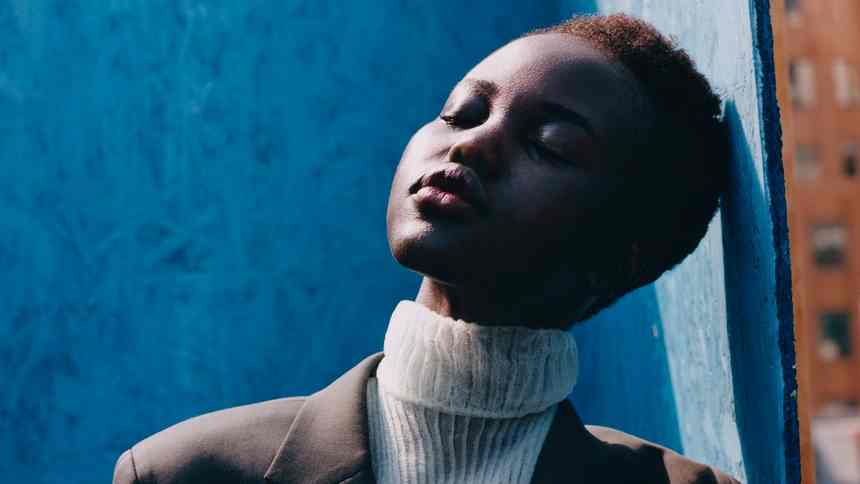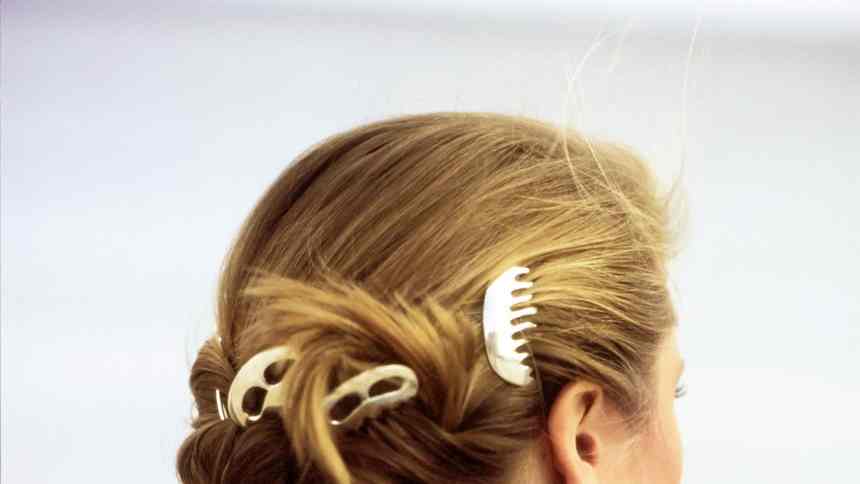During this strange year we’ve all weathered, when the present moment has often seemed too heavy to process, looking to the past has been something of an emotional fire blanket. A comforter, a guide to less stormy seas. Which partly explains a burgeoning interest in a 1970s approach to wellness, as we surge forth into a post-pandemic future. Be that tapping into the therapeutic potential of psychedelia to reduce depression and anxiety, or women reclaiming their erotic power.
Take, for instance, psychedelic therapy, which is gaining popularity due to increased public funding and scientific research. It describes reaching an altered state of consciousness – AKA a “trip” – induced by the consumption of hallucinogenic substances (such as mescaline, LSD, psilocybin, or DMT), but there are drug-free alternatives said to mimic the same, er, high. Exhibit A: Lumenate: a new app I discovered through Rosamund Pike’s Instagram, which uses your phone to create a series of strobe light flashes. Whilst this sounds the very opposite of relaxing, it turns out to be a surprisingly soothing – dare I say transcendental – experience.
“You get these visual hallucinations coming through, typically taking the shape of vivid colours and kaleidoscopic shapes in front of you,” Lumenate’s co-founder Tom Galea explains. “In this state you tend to have a decreased sense of ego [and] body and time.” It draws on deep meditative, psychedelic and shamanic trance states, to enable “people to explore their own subconscious”.
This element of discovery is certainly seductive. A counterbalance to the stale status quo we’ve become woefully accustomed to, it is a good kind of disruption. Psychedelic experiences are, as neuroscientist Robin Carhart-Harris says, mind-revealing. These visions come from within us (“who’s the discoverer? You. It’s a self-realisation about the way things are”), though, like with most things in life, it can prove useful to have an access point to help us to arrive in that headspace.
Another concept starting to seep (blissfully) back into our lives again is Eros. If unfamiliar, it represents the enigma of sexual attraction and all the bolts of ecstasy that come with it – it’s the very electric feeling of being alive. The ’70s didn’t invent sex, but it engendered a new way of looking at it. Seminal texts at the time – from the manual-style The Joy of Sex (1972) to Erica Jong’s uninhibited odyssey of female desire, Fear of Flying (1973) – helped bring lust out of its shameful shadows. “Sex is all in the head,” Erica writes. “Pulse rates and secretions have nothing to do with it.”
“Women were either presumed to not have desire, or it was [perceived] as indecorous to discuss,” Jong tells me over the phone, from her home office in New York. “It was something that women never talked about for many years, let alone wrote about. People were very shocked when I started publishing novels where my heroine cared about sex.”
Today, too, there’s been a noticeable paradigm shift in the quest to strip intimacy of its guilt shackles. Of course, it would be lazy to suggest we’re merely what we consume, but I’m not alone in feeling pleased that female pleasure is now more embedded into our cultural psyche than ever before: in the erotic apps we’re downloading, books we’re reading, shows we’re streaming, tech we’re buying. This part of being a healthy, happy human is no longer revolutionary.
“Happiness is health,” agrees Pat Cleveland, model, Halston muse and fixture on the Studio 54 party scene. “In the ’70s people were happy to have that liberation – everybody was liberating themselves.” It was psychedelic in nature, she recalls: “All these colours were coming out and people were literally coming out with their sexuality. Everyone was totally individual, because they had discovered something; it was like a whole generation with new points of view.”
Music was the guiding force, as a means for people to connect with a higher source and sensuous energy. To get in touch with the universal, time-travelling currency of seeking more joy. “Everybody listened to music more,” Cleveland says. “These songs really contained messages of how to be… it created a big euphoria.”
After so long spent indoors, conversations exchanged over the internet airwaves, paving the same paths each day and grieving the ones untrodden, I am unapologetically greedy for exuberant pleasure. New perspectives. Experiences. I can feel it, bubbling away, the psychological terrain of lockdown starting to wear off, to make room for something else. Something better. Something, a bit like… happiness.
